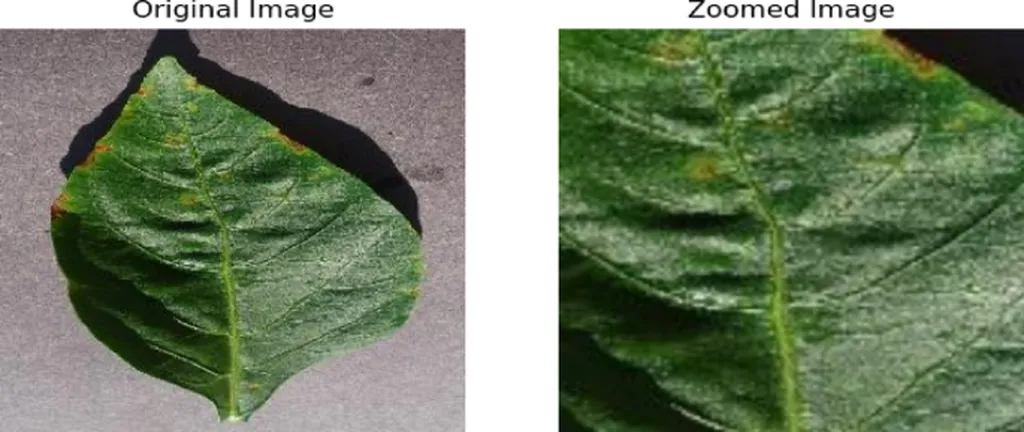In the ever-evolving landscape of precision agriculture, a groundbreaking study has emerged that promises to revolutionize the way we diagnose apple leaf diseases. Published in the esteemed journal *Frontiers in Plant Science* (translated as “植物科学前沿”), the research introduces a novel model design that combines the ConvNeXt architecture with a modified rime optimization algorithm (MRIME) and the Convolutional Block Attention Module (CBAM). This innovative approach not only enhances the accuracy of disease detection but also addresses the real-world challenges faced by farmers and agritech professionals.
The lead author of the study, Jing Qian, highlights the significance of early and accurate diagnosis in maintaining crop health and boosting agricultural productivity. “Traditional methods, which relied heavily on human inspection or basic machine learning algorithms, often fell short in handling the complexity of patterns and class imbalances,” Qian explains. The new model, however, leverages the power of advanced neural networks and metaheuristic optimization to overcome these limitations.
The ConvNeXt architecture, known for its efficiency and performance, serves as the backbone of the model. The integration of CBAM enhances the model’s ability to focus on critical discriminative regions, ensuring better feature extraction. Meanwhile, the modified rime optimization algorithm (MRIME) fine-tunes the hyperparameters, preventing overfitting and improving generalization.
The results speak for themselves. Evaluated on the Apple Leaf Disease Symptoms Dataset, the proposed approach achieved an impressive accuracy of 92.7%, surpassing baseline models like ResNet50 and EfficientNet-B0. The ablation experiments further demonstrated the complementary benefits of CBAM and MRIME, with CBAM contributing a 1.5% boost in accuracy and MRIME adding another 1.2% through hyperparameter tuning.
The commercial impacts of this research are substantial. For the energy sector, which often intersects with agriculture in the realm of biofuels and renewable energy sources, accurate and efficient disease diagnosis can lead to more reliable and sustainable crop yields. This, in turn, can enhance the production of biofuels, contributing to a greener energy future.
Looking ahead, this research paves the way for further advancements in precision agriculture. The integration of attention mechanisms and metaheuristic optimization opens up new possibilities for developing state-of-the-art models that can handle the complexities of real-world agricultural scenarios. As Jing Qian puts it, “The future of agriculture lies in the fusion of advanced technologies and innovative methodologies. This study is just the beginning.”
In conclusion, the study by Jing Qian and their team represents a significant leap forward in the field of apple leaf disease recognition. By combining cutting-edge technologies and addressing real-world challenges, this research not only enhances agricultural productivity but also contributes to the broader goals of sustainability and renewable energy. As the agricultural sector continues to evolve, the insights and innovations from this study will undoubtedly play a pivotal role in shaping the future of precision agriculture.

